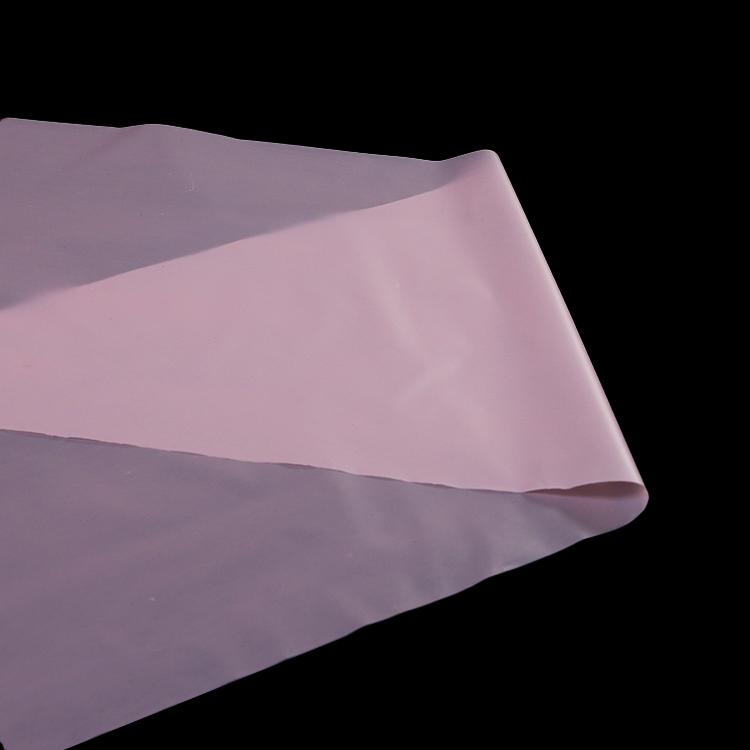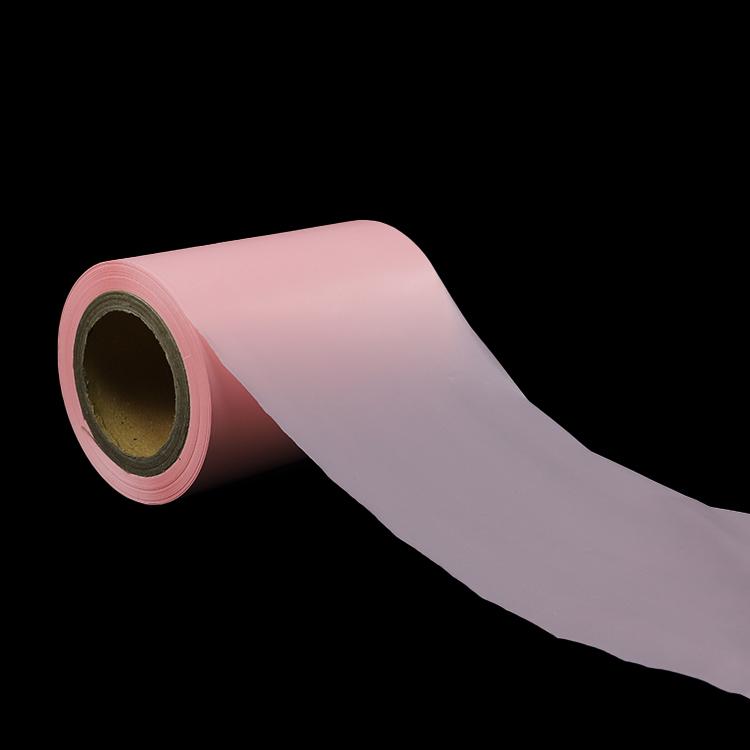Author:Baby & Adult Diaper Materials FROM:Diaper Materials Manufacturer TIME:2023-04-28
Disposable hygiene products, also known as disposable products, include feminine hygiene products (sanitary napkins, sanitary pads, tampons, etc.), baby diapers or baby diapers and adult incontinence products (adult diapers, nursing pads), wipe products wait. The birth and rapid development of disposable sanitary products have changed the lives of countless old, young, women and children, and affected the progress of human civilization in the 20th century. This article briefly introduces the raw materials used to make sanitary pads in disposable hygiene products.
Non-woven fabric is a kind of fabric formed without spinning and weaving. It is just oriented or randomly arranged textile short fibers or filaments to form a web structure, and then reinforced by mechanical, thermal bonding or chemical methods. . To put it simply: it is not interwoven and knit together by yarns one by one, but the fibers are directly bonded together through physical methods, so when you get the sticky scale in your clothes , you will find that it is impossible to extract the thread ends one by one. Nonwovens have broken through the traditional textile principles, and have the characteristics of short process flow, fast production speed, high output, low cost, wide application, and multiple sources of raw materials.
PE perforated film is commonly known as "dry mesh surface". It is composed of PE film and special micropores, which can prevent menstrual blood from seeping back and keep the front of the film dry.
Fluff pulp is wood pulp and straw pulp that have undergone operations such as bleaching and extraction of organic solvents.

Polymer absorbent: Sanitary napkins containing polymer absorbents can condense the infiltrated liquid into a jelly-like shape, do not reseet after pressure, and have no sticky feeling on the surface. The commonly used material is polymer water-absorbent resin . Water-absorbing resin is a new type of functional polymer material. It has a high water absorption function of absorbing water hundreds to thousands of times heavier than itself, and has excellent water retention performance. Once it absorbs water and swells into a hydrogel, it is difficult to separate the water even if it is pressurized. Superabsorbent resin is a functional polymer material with a large number of hydrophilic groups.
PE film is made of special polyethylene (PE) plastic film as the base material, a cross-linked acrylic resin as the adhesive, and then processed with several special additives, waterproof and breathable.

Polyamide hot melt adhesive is based on polyamide resin. Polyamide resin is a linear thermoplastic resin with many repeating amide groups on the main molecular chain. Compared with other thermoplastic resins, it has a remarkable feature, that is, when it is heated and cooled, the melting and solidification of the resin occur within a narrow temperature range. This feature enables the polyamide hot melt adhesive to solidify quickly after being heated, melted and coated, and then cooled slightly; it also enables it to still have good bonding performance at a temperature close to the softening point. Since the hydrogen on the amide group of the polyamide resin can combine with the electron-donating carbonyl group on another amide group segment to form a strong hydrogen bond, the melting point of the resin is increased, so it has good flexibility, oil resistance and Adhesive properties.
Release paper is also known as silicone oil paper, or anti-sticking paper. It has a three-layer structure, the first layer is the backing paper, the second layer is the lamination film, and the third layer is silicone oil. Function: Moisture-proof, oil-proof, play the role of product isolation.
To sum up, the raw materials used to make sanitary pads mainly include non-woven fabrics, PE films, fluff pulp, water-absorbing resins, hot-melt adhesives, etc. By understanding raw materials used to make sanitary pads, it is helpful for users to better choose and consume related hygiene products.


 Email: info@whldiapernonwoven.com
Email: info@whldiapernonwoven.com
 MP/WhatsApp: +86-13599937366
MP/WhatsApp: +86-13599937366
 Manufacturer Address:Room 1105B, Bld M1, Manhattan, Yulongwan, Shimao, Shuanglong Road, Meiling Street, Jinjiang, Fujian, China
Manufacturer Address:Room 1105B, Bld M1, Manhattan, Yulongwan, Shimao, Shuanglong Road, Meiling Street, Jinjiang, Fujian, China